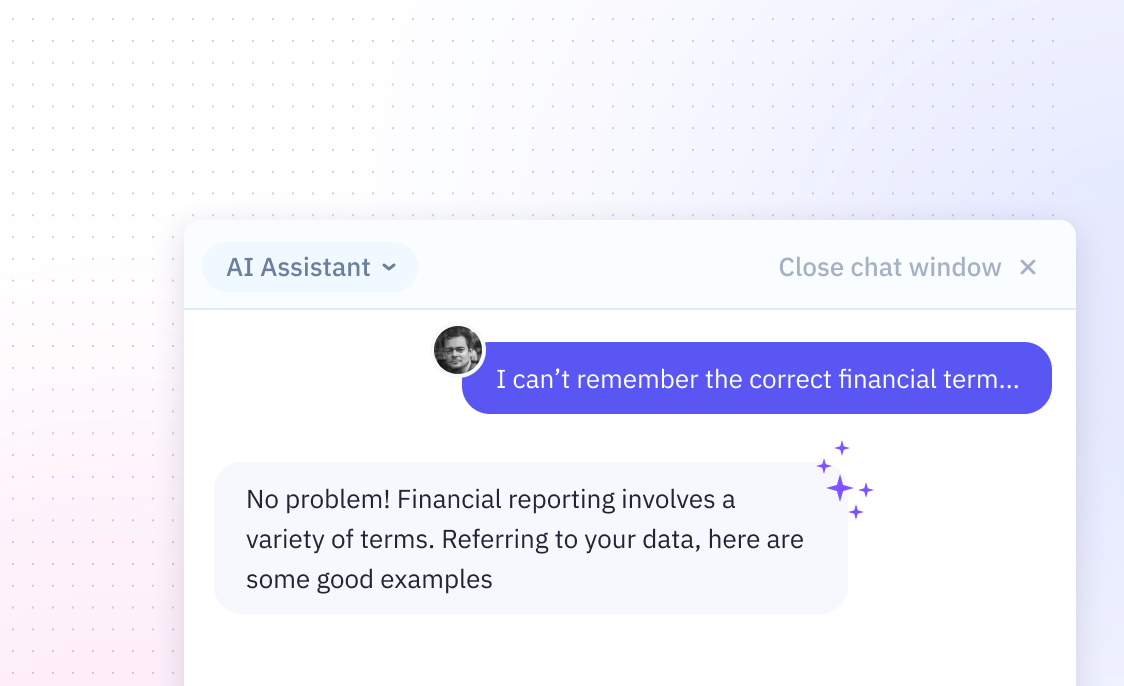
How To Make Every Other Row Shaded In Excel
Introduction
Creating a visually organized spreadsheet can enhance readability and data processing. Shading every other row, known as "zebra striping," is a common technique to achieve this.
In Excel, applying such formatting involves a series of steps utilizing conditional formatting or table styles.
This guide will show you how to create zebra stripes in Excel, and demonstrate how Sourcetable, an AI-powered spreadsheet tool, can instantly create, format, and analyze your data through simple conversation with its chatbot.
Shade Every Other Row in Excel
Using Excel Table Styles
To quickly shade every other row, apply Excel table styles. Select your data range and press Ctrl+T to convert to a table. Choose a style with banded rows for instant alternate row coloring.
Applying Conditional Formatting
For more control, use conditional formatting. Select your range, navigate to the 'Home' tab, and click 'Conditional Formatting'. Create a new rule using a formula like =MOD(ROW(),2)=0 to target every second row. Set your desired shade for the true condition.
Excel Macros for Alternate Shading
Advanced users can incorporate macros. Record a macro while applying conditional formatting for reusability or write a VBA script to color every other row based on specific data criteria within the row.
Why Learn to Alternate Row Shading in Excel?
Alternating row shading in Excel is a crucial data visualization technique that makes spreadsheets more readable. When working with large datasets, rows with alternating colors prevent users from misreading information across rows.
This formatting skill increases efficiency in data analysis and reduces eye strain when reviewing spreadsheets for extended periods. Professionals across industries rely on this feature for financial reports, inventory lists, and project management tracking.
Business Applications
Alternating row colors create professional-looking reports that are presentation-ready for clients and stakeholders. The technique is particularly valuable for financial analysts, accountants, and business managers who regularly prepare data-heavy documents.
Productivity Benefits
Mastering row shading automation saves time compared to manual formatting. Users can apply consistent formatting across multiple worksheets instantly, maintaining professional standards across all business documents.
Use Cases for Excel Row Shading
Improving the Readability of Large Data Tables
When working with extensive datasets, alternating row shading creates clear visual separation between rows. This simple formatting technique prevents users from accidentally reading across the wrong row, especially when dealing with spreadsheets that span multiple columns.
Visually Organizing Data for Better Analysis
Alternating row colors provide natural grouping that helps analysts process information more efficiently. This visual organization method makes it easier to track individual data points and identify patterns within the dataset.
Enhancing the Aesthetic Appeal of Printed Reports
Professional-looking reports require clean, well-organized formatting. Alternating row shading adds a polished look to Excel printouts that makes them more presentable for business meetings and client presentations.
Facilitating Data Comparison Across Rows
When comparing data points between different rows, alternating shading helps maintain focus on the relevant information. Users can easily track horizontal relationships between data points without losing their place in the spreadsheet.
Reducing Eye Strain During Extended Review
During long periods of data review, alternating row colors help reduce eye fatigue by creating natural breaks in the visual field. This makes it more comfortable to work with large datasets for extended periods without losing accuracy or concentration.
Excel vs. Sourcetable: The Future of Spreadsheets
Traditional spreadsheet tools like Excel require manual data manipulation and complex formula knowledge. Sourcetable revolutionizes this approach with an AI-powered interface that handles spreadsheet tasks through natural conversation, making data analysis accessible to everyone.
AI-First Approach
While Excel relies on manual function inputs and feature navigation, Sourcetable's AI chatbot creates spreadsheets, generates data, and performs analysis through simple conversations. Users simply describe what they want to achieve.
Data Handling Capabilities
Excel struggles with large datasets and requires manual data importing. Sourcetable handles files of any size and connects directly to databases, letting users analyze any data volume through conversational commands.
Visualization and Analysis
Instead of manually creating charts and selecting data ranges in Excel, Sourcetable's AI automatically transforms data into professional visualizations based on natural language requests.
Accessibility and Learning Curve
Excel requires extensive training to master its features and functions. Sourcetable eliminates this learning curve - simply tell the AI what you need, and it handles the complexity. Try Sourcetable today at https://app.sourcetable.com/ to answer any spreadsheet question.
Frequently Asked Questions
What are the two ways to create alternating row shading in Excel?
There are two methods: 1) Using conditional formatting with a formula, and 2) Using a predefined Excel table style. The table style method is simpler as Excel applies row banding by default.
How do I apply alternating row shading using conditional formatting?
1) Select your range of cells, 2) Click Conditional Formatting in the Styles group of the Home tab, 3) Click New Rule, 4) Select 'Use a formula to determine which cells to format', 5) Enter the formula =MOD(ROW(),2)=0, 6) Click Format to choose your shading color, and 7) Click OK to apply.
What formula is used for alternating row shading in Excel?
The formula =MOD(ROW(),2)=0 is used to create alternating row shading in Excel when using the conditional formatting method.
Conclusion
Creating alternating row colors in Excel requires multiple steps and careful formatting choices. This can be time-consuming, especially for large spreadsheets.
A simpler solution exists. Sourcetable's AI chatbot instantly answers questions about formatting, formulas, and spreadsheet design. You can effortlessly create professional-looking spreadsheets with alternating colors.
Get started with Sourcetable today.






